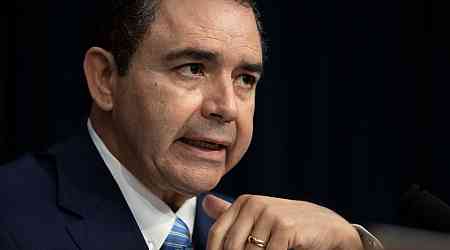Let’s say you’re not a regular follower of the paranormal. You don’t know who (or what) Mothman is. You’ve never heard of the Akashic Records. You probably, though, have heard about near-death experiences.
What the “near-death experience” actually is depends on whom you ask. Neuroscientists describe it as the product of neurons firing in particular ways under particular stress — subjective, existing within the brain of the experiencer. Many religious believers understand them as objective, actually occurring in space and time. Psychologists and scholars of religion emphasize that the stories people tell about their experiences tend to reflect their contexts; they see the divine beings they expect to see and hear messages already meaningful to them.
The term became popular in the mid-1970s to describe a cluster of experiences surrounding dire medical or life-threatening conditions. In 1975, psychiatrist Raymond Moody interviewed more than a hundred people for his book “Life After Life” and cataloged nine elements of the “near death experience”— from a feeling of peace to a sensing of ascension toward a light to encountering other intelligent beings. He argued that humans had been reporting things like this for as far back as records went. Moody’s book broke through, as media types say. Moody appeared on “Oprah.” His book sold in numbers comparable to, say, John Grisham or Stephen King. And people began using the term.
Including members of The Church of Jesus Christ of Latter-day Saints. By the 1980s and ‘90s, Latter-day Saint writers and publishers were putting out book after book describing how near-death experiences affirmed Latter-day Saint understandings of the afterlife. These days, the term is indexed in the church’s official history “Saints,” referring to the dramatic moment when Wilford Woodruff’s wife Phebe stopped breathing, and then returned to life to tell her husband that she had left her body and encountered her messengers who guided her back to it. Glenn Pace, then a general authority, used the term in 2005 to describe what had happened to him when his heart stopped beating on an operating table. He claimed he found himself hovering out of his body, only to be directed back to life with the command that “Your work is not yet finished.”
function onSignUp() { const token = grecaptcha.getResponse(); if (!token) { alert("Please verify the reCAPTCHA!"); } else { axios .post( "https://8c0ug47jei.execute-api.us-east-1.amazonaws.com/dev/newsletter/checkCaptcha", { token, env: "PROD", } ) .then(({ data: { message } }) => { console.log(message); if (message === "Human




























